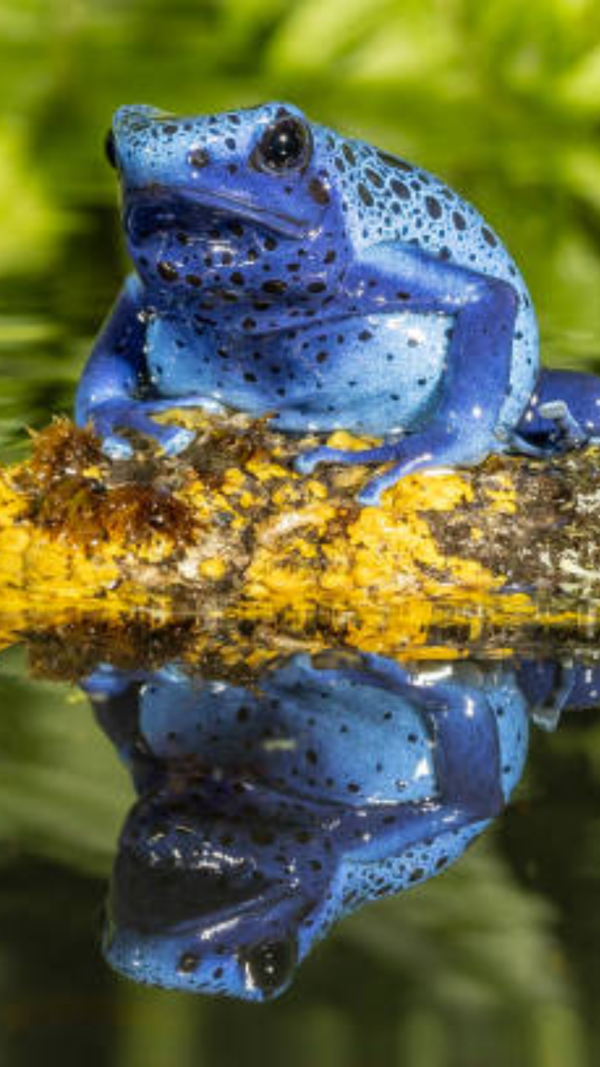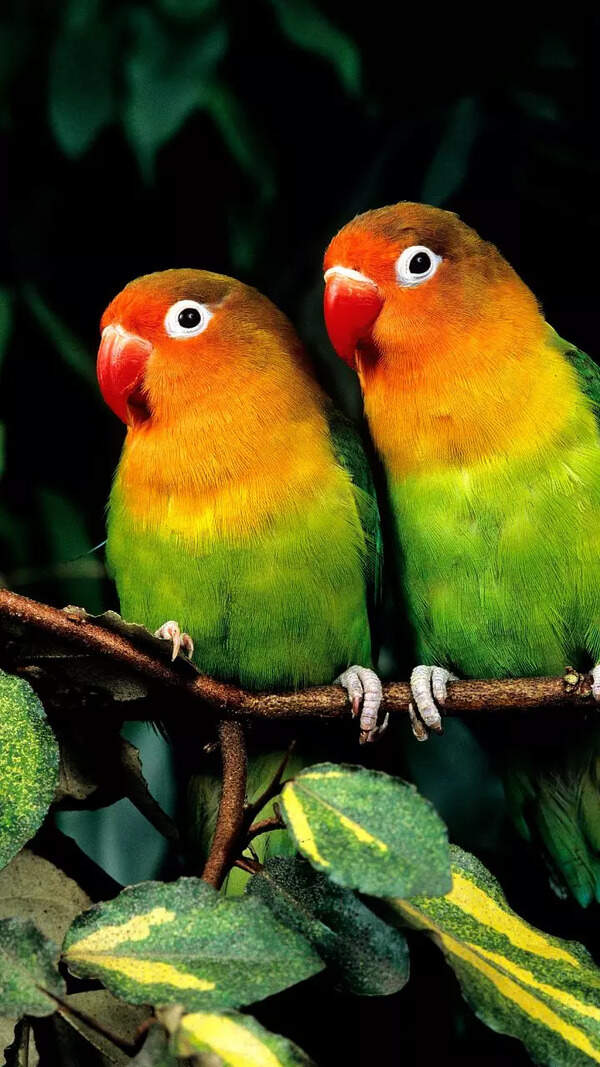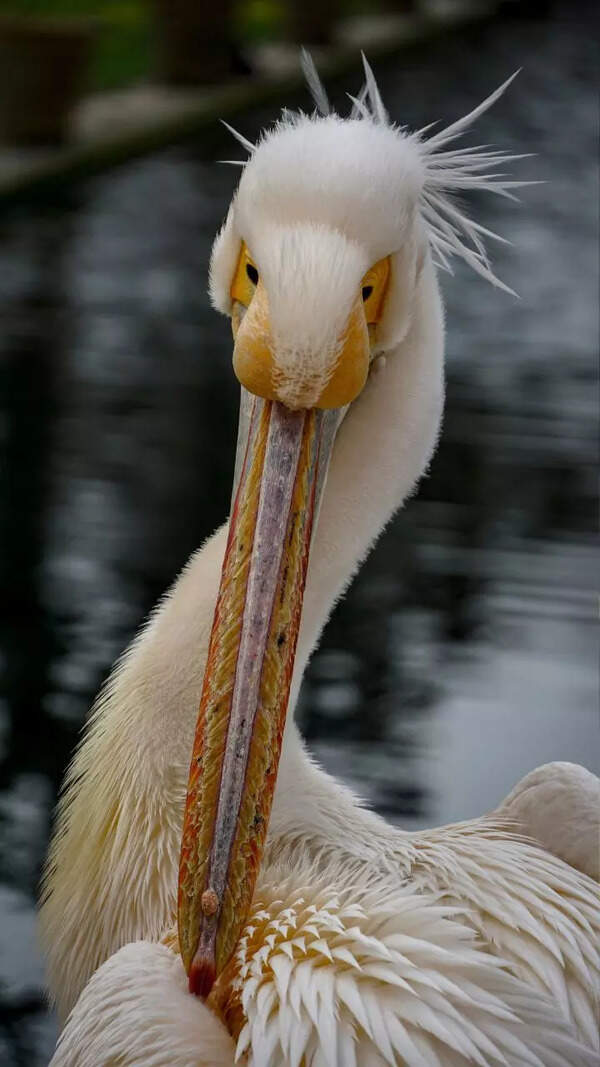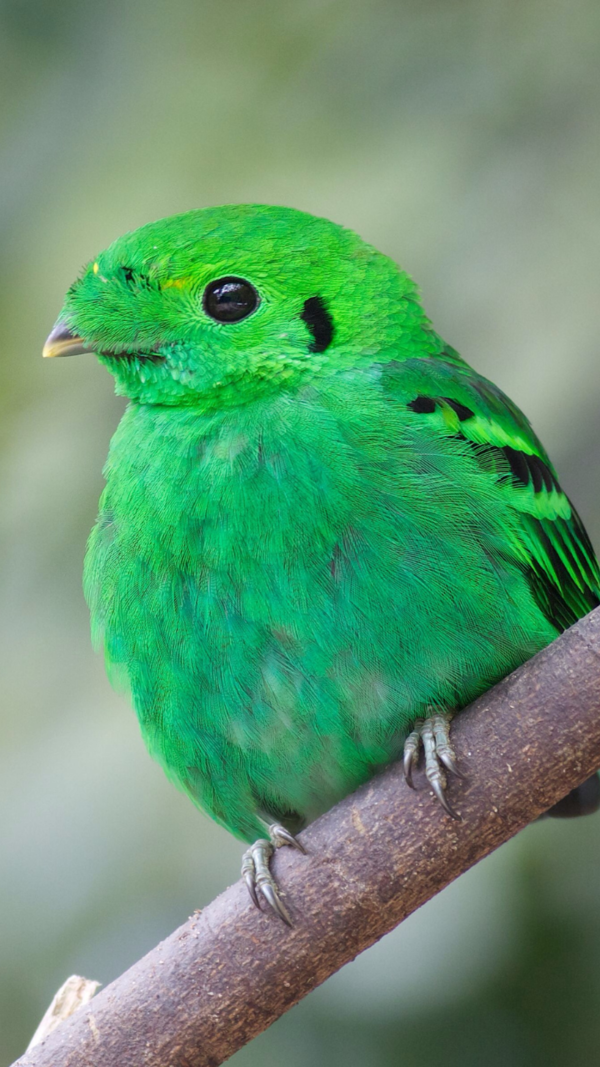Trending
Did dinosaurs really roar? Experts share how the animals really sounded
Popular understanding of dinosaur sounds is often inaccurate. Experts suggest dinosaurs likely made cooing or humming sounds. A study simulated Parasaurolophus sounds, describing them as otherworldly. Scientists analyzed archosaur vocalizations, finding closed-mouth sounds common. Jurassic Park's roaring dinosaurs are a misconception. Dinosaurs probably used low-pitched sounds for mating or defense. These sounds came from air pouches, not open mouths.
The most common understanding that humans have of dinosaurs comes less from research and more from the cinematic world that has presented the gigantic animals as large ferocious, roaring creatures. Be it an adult or a kid, when one thinks of dinosaurs they imagine an image of a dinosaur from Jurassic Park and not one of a fossil.
Since dinosaurs were mostly seen as attacking and roaring in the movie franchise, that is how most humans have presumed these ancient animals sounded. But, did you know it's not true? According to experts, dinosaurs seldom roared.
According to the BBC, there is no one way the dinosaurs sounded. The animals evolved into different shapes and sizes thus communicating differently. In a study by the New Mexico Museum of Natural History and Science, palaeontologists excavated a complete skull of a Parasaurolophus and used computer technology to simulate how the creature may have sounded.
“I would describe the sound as otherworldly. It sent chills through my spine, I remember,” said Tom Williamson to BBC.
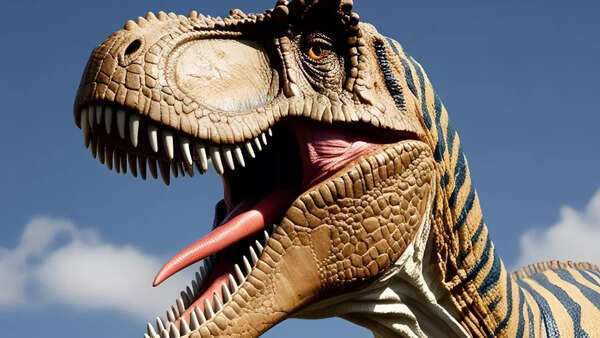
Image credits: Canva
As per a 2016 study published in the journal Evolution, scientists stated that rather than roaring, dinosaurs more likely made cooing or humming sounds similar to that of a pigeon or an ostrich. "To make any kind of sense of what nonavian dinosaurs sounded like, we need to understand how living birds vocalize," said Julia Clarke, a professor at the University of Texas's Jackson School of Geosciences and co-author of the study, in a press release. "This makes for a very different Jurassic world. Not only were dinosaurs feathered, but they may have had bulging necks and made booming, closed-mouth sounds."
The team analysed the distribution of closed-mouth vocalization among archosaurs, a group that includes birds, crocodiles and dinosaurs to find out that 52 out of 208 investigated bird species have the vocal ability to make such sounds.
Whether the ancestors of modern archosaurs actually used closed-mouth vocalization is still unknown. However, the fact that it's used by both birds and crocodiles, the two surviving groups of archosaurs, suggests that the behaviour can exist in a wide range of archosaur species, said Tobias Riede, a physiology professor at Illinois's Midwestern University and first author of the study.
"The Jurassic Park films have got it wrong," said Clarke to BBC. "A lot of the early reconstructions of dinosaurs have been influenced by what we associate with scary noises today from large mammalian predators like lions. In the Jurassic Park movies, they did use some crocodilian vocalisations for the large dinosaurs, but on screen, the dinosaurs have their mouths open like a lion roaring. They wouldn't have done that, especially not just before attacking or eating their prey. Predators don't do that – it would advertise to others nearby that you have got a meal, and it would warn their prey they are there."
The low-pitched sounds made by the dinosaurs may have been created by pushing the air into a pouch in the oesophagus, instead of exhaling it outside their beaks. Thus, the sound gets emitted from the skin of the neck, typically while attracting mates or defending territory.
End of Article
Follow Us On Social Media
Visual Stories
Tired of too many ads?go ad free now




